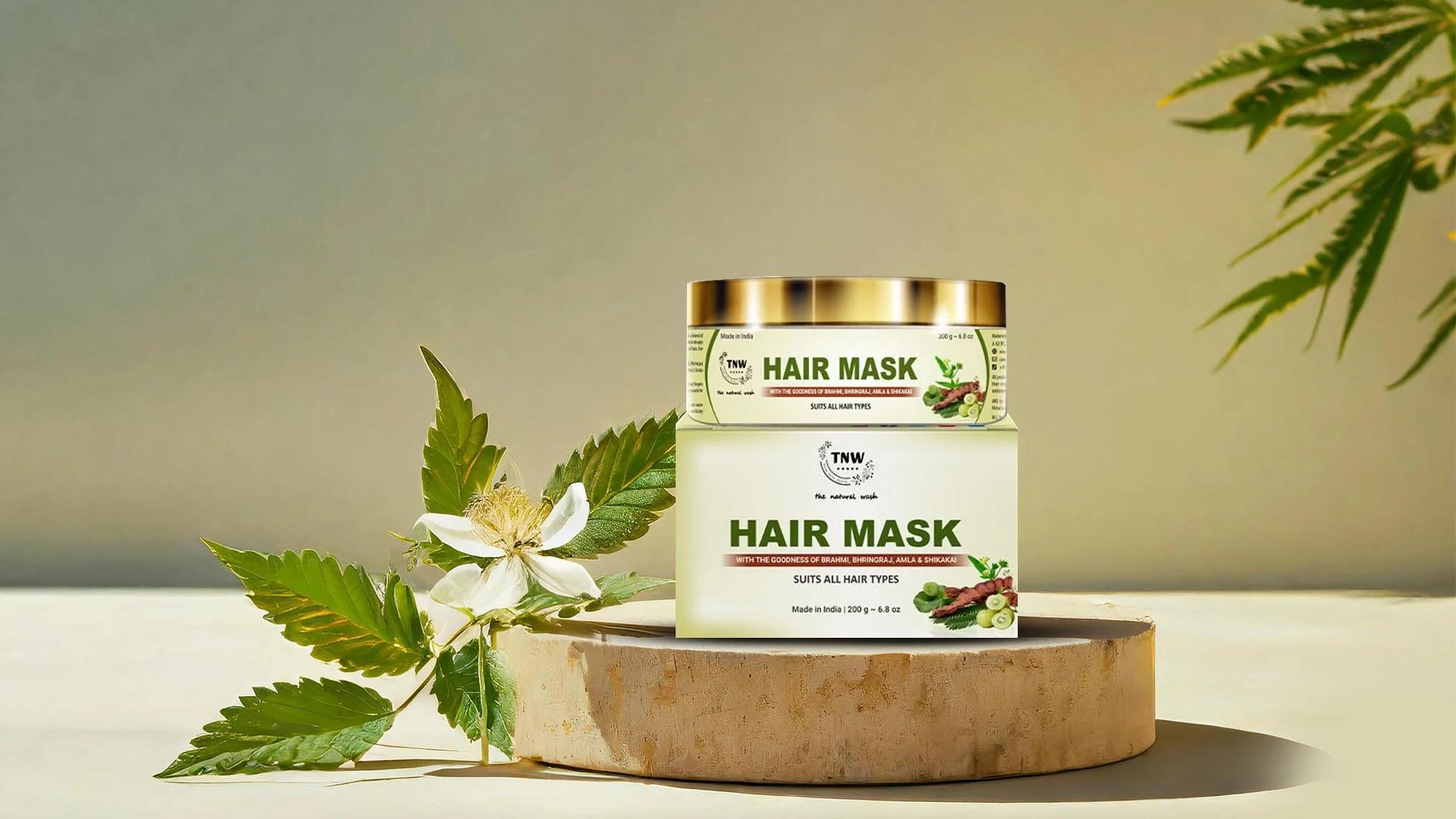Once you've mastered the basics, these advanced techniques can take your haircare game to the next level. These treatments require more time and preparation but offer significant benefits for specific hair concerns.
Approach these treatments with patience – Japanese beauty philosophy values slow, steady progress over quick transformations.
Japanese Hair Straightening: Pros and Cons
Japanese hair straightening, also known as thermal reconditioning, permanently alters your hair's structure. While salon treatments offer dramatic results, attempting this at home isn't recommended due to the harsh chemicals involved. Instead, try gentler Japanese-inspired smoothing treatments using natural ingredients like rice water and camellia oil.
Deep Conditioning Treatments: The Japanese Way
Japanese deep conditioning focuses on natural ingredients that penetrate deeply into hair shafts. Mix rice water with a few drops of camellia oil and honey for a nourishing mask. Apply to damp hair, cover with a shower cap, and leave for 20-30 minutes before rinsing thoroughly.
Incorporating Japanese Hair Care into Your Daily Routine
Building an Asian hair care routine doesn't mean completely overhauling your current regimen. Start by introducing one or two Japanese techniques and gradually add more as they become second nature.
Consistency matters more than perfection. Even small daily changes can lead to significant improvements in your hair's health and appearance over time.
Begin with the scalp massage technique during your regular shampoo routine. Add rice water rinses once or twice weekly. Incorporate camellia oil as a leave-in treatment on damp hair. Finally, invest in a quality Tsuge comb for daily brushing. This gradual approach helps your hair adjust to new treatments without overwhelming your schedule.
Troubleshooting Common Hair Issues with Japanese Techniques
Japanese haircare wisdom offers solutions for various hair concerns. The holistic approach addresses root causes rather than just masking symptoms.
Remember that hair changes take time to show results. Give any new technique at least 4-6 weeks before deciding if it works for your hair type.
Combating Dryness and Frizz
For dry, frizzy hair, focus on moisture retention rather than adding more products. Use cooler water when washing, apply camellia oil to damp hair, and sleep on silk pillowcases. The rice water rinse also helps smooth hair cuticles, reducing frizz naturally.

